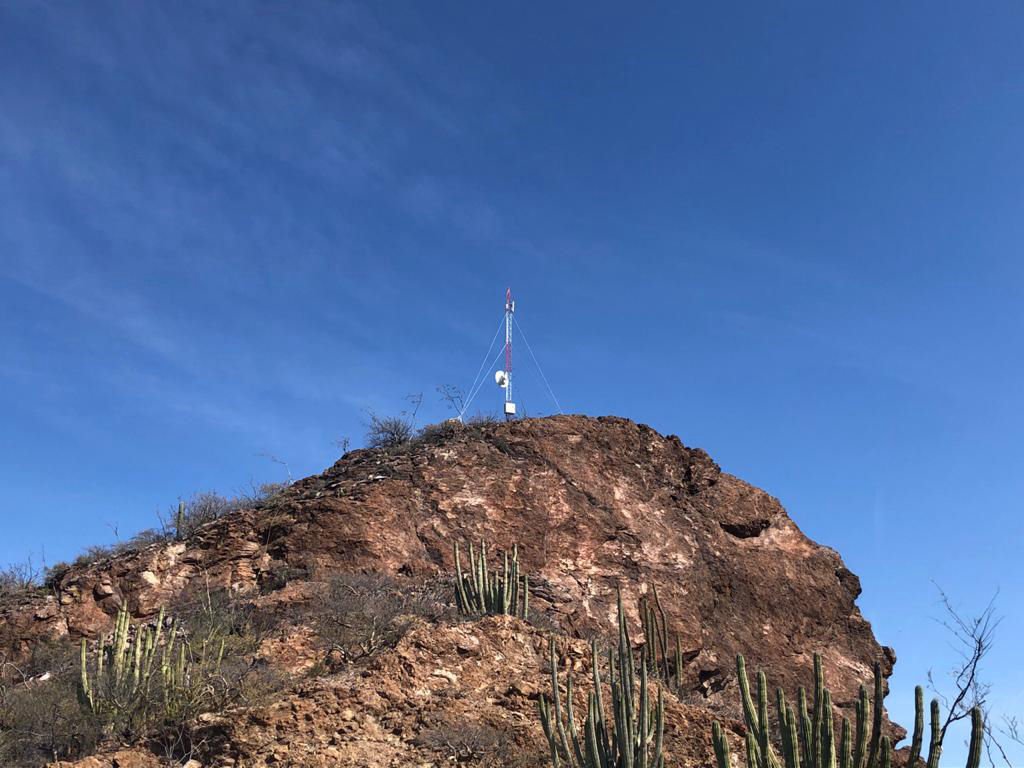





For links of this type, it is not necessary to have the 80 MHz channels working, but ensure a good alignment to avoid hitting the secondary lobes of the antenna. Antennas of good quality, lightweight, and above all, accessories such as radomes can be implemented. For those who say that the armors are not useful, they are wrong because they must evaluate the modulation of their radio vs the quality of the signal that their antenna emanates before and after the chains of both links were validated.